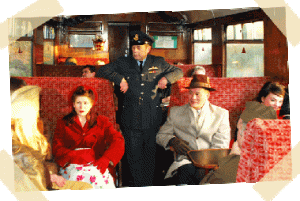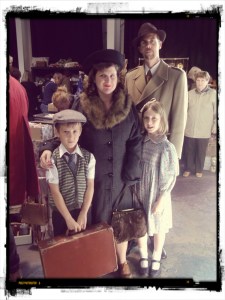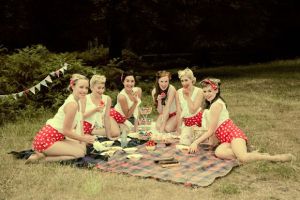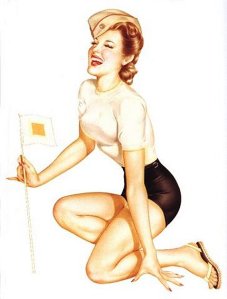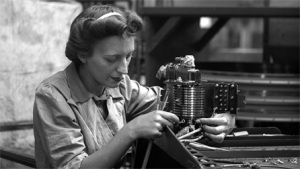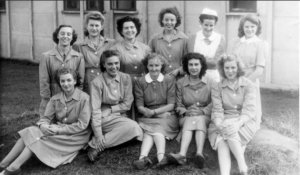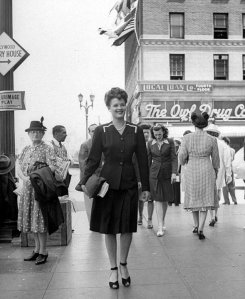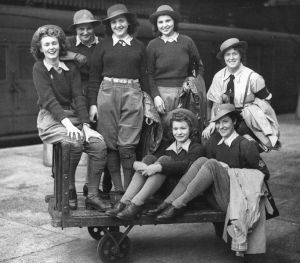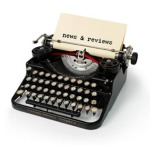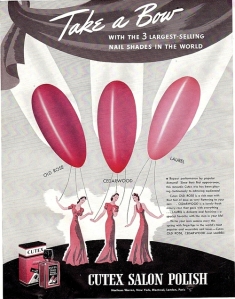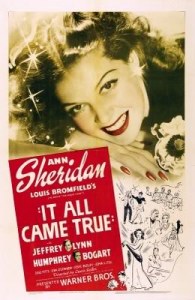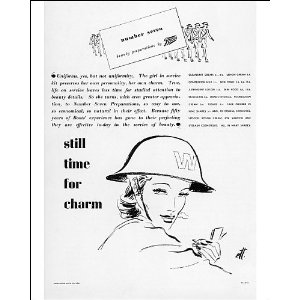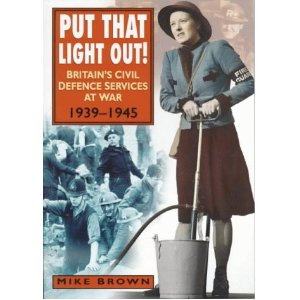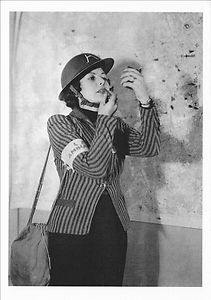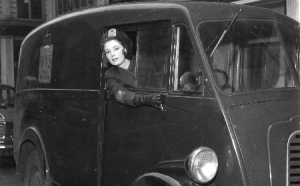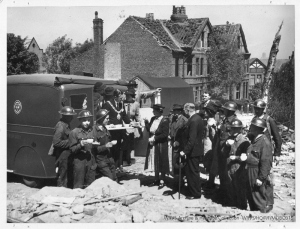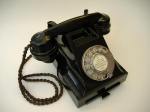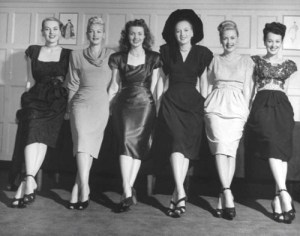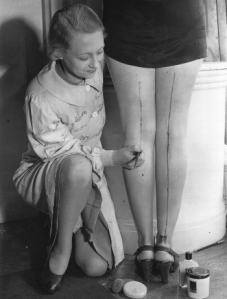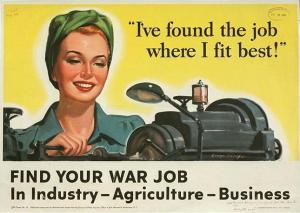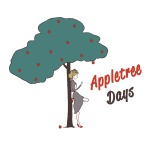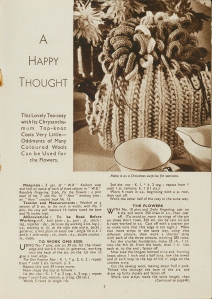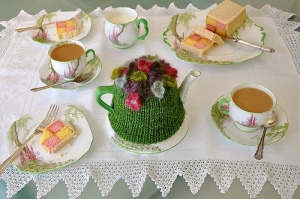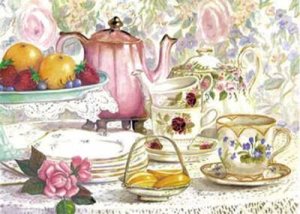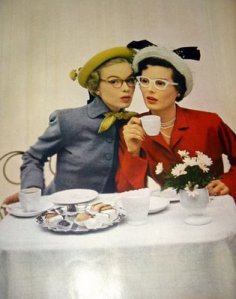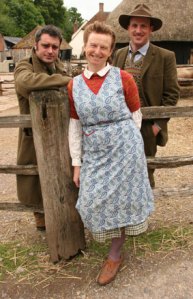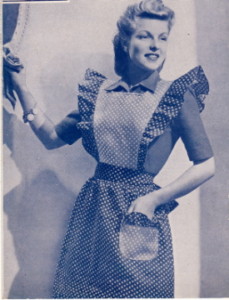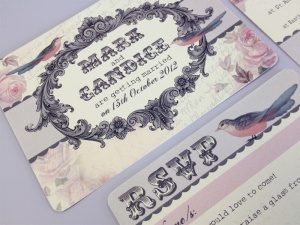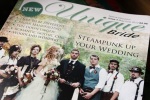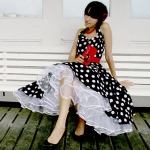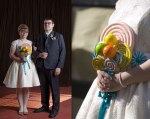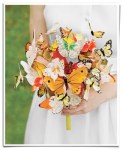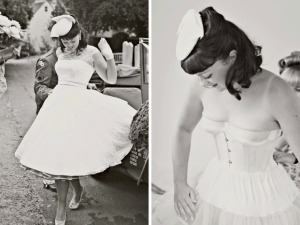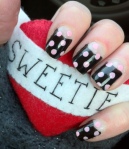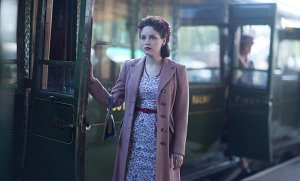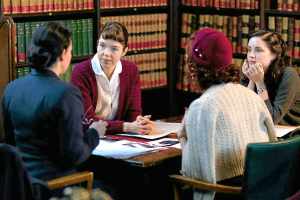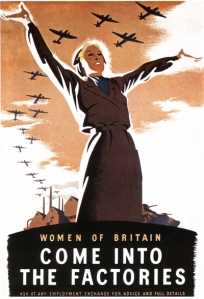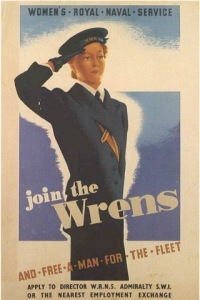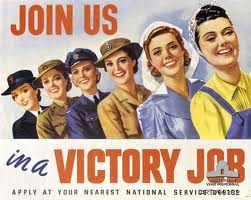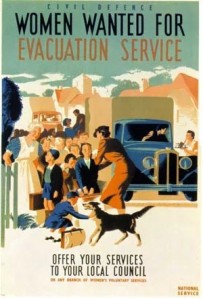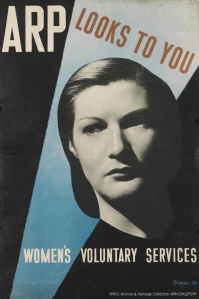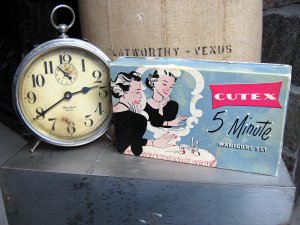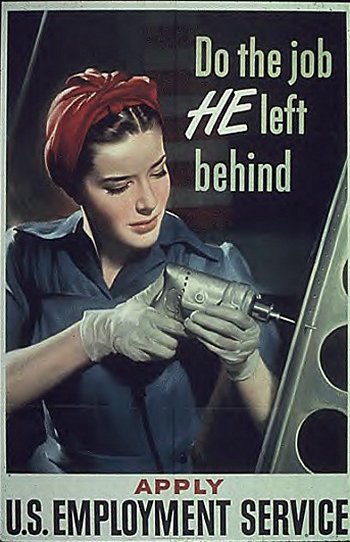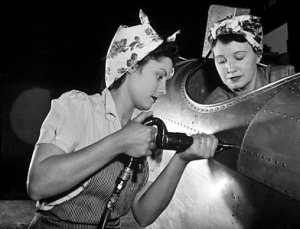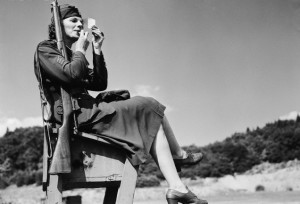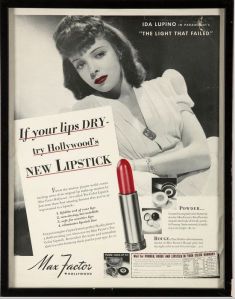Do you wonder if the 1940s revival is one big fancy dress party? Do you wonder why people would want to remember the austerity and danger of wartime and glamourize it?
1940s enthusiasts are people who are essentially paying their respects to individuals who lived during wartime, to honour their life and lifestyle and to experience as much as possible the modus vivendi of the period.
At Home Front History, they explain a little more and give you good guidelines towards preparing your 1940s character.
‘It’s one thing to ‘dress the part’ and another to be able to ‘re-enact’ the person convincingly in front the public. So a good starting point for every portrayal is research and the internet is probably the quickest and easiest way forward….However more and more, groups are diversifying and have members portraying a mix of civilian and service personnel as well as a mix of Allied and Axis forces. Welcome additions to the re-enacting community in recent years include Postmen, Vicars, Farmers and shopkeepers, so there is always the opportunity to portray a character other than those portrayed in larger numbers.’
Re-enactors usually build a character using period photographs, ephemera and personal items such as a ration book, bus ticket and paper money to create a real authentic feel. These can be easily recreated and reproductions are widely available.
Of course not all enthusiasts are re-enactors. Some people like to glam it up a bit and stray from rigid historical fact. For example clothing and clothing styles and periods can be mixed (40s and 50s), and adding a touch of 21st century or cheesecake pin up can be fun too.
Tootsie Rollers, 1940s entertainment girl group
You can find opportunities to strut your dress code 1940s at events and nights out throughout the year.
You can find out how to wear red lipstick, and wear red nail polish for these special events here.
You can also find details of Reenactment groups from Home Front History or The 1940s Society. Don’t forget to stay chipper and…
